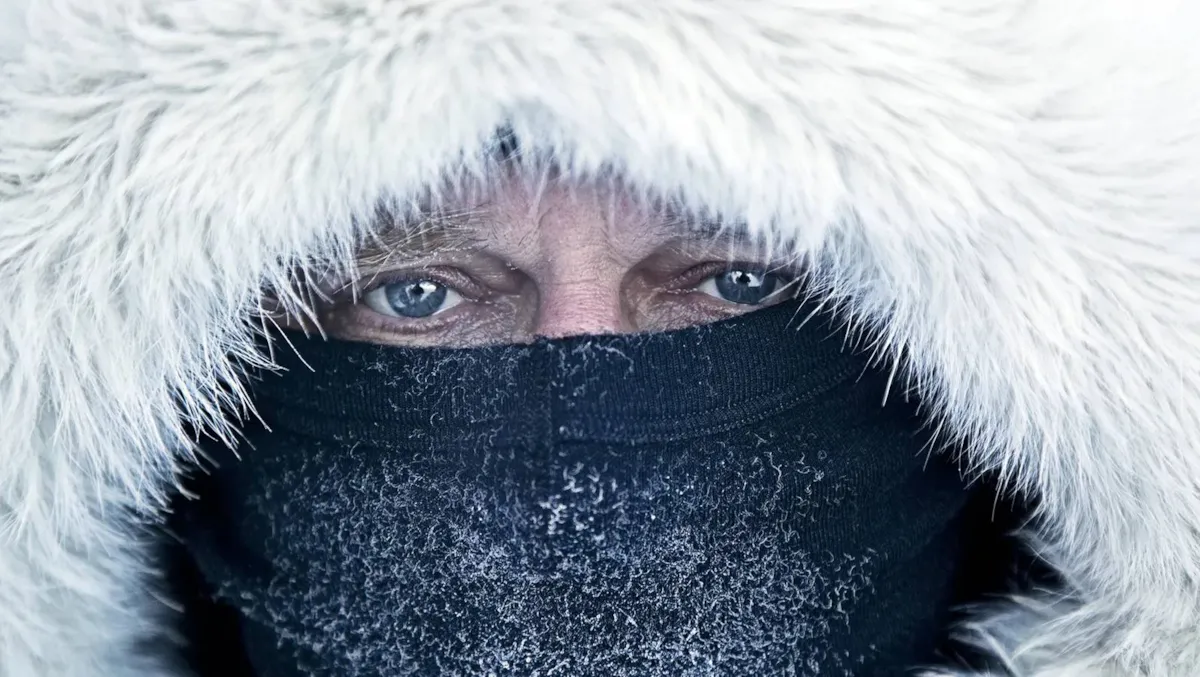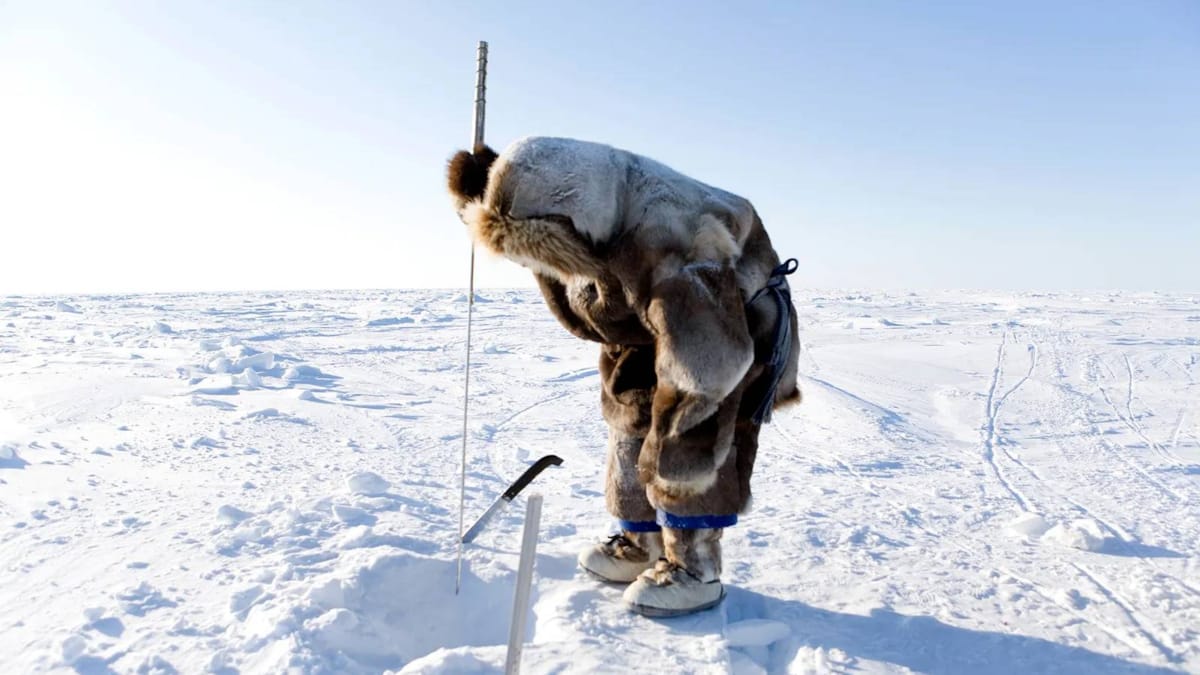Why don’t humans have fur?

Most mammals, including our closest living relatives, have a covering of hair. So why did we lose it?
If an alien species were to visit Earth and place humans alongside other primates, one of the first distinguishing features that might catch their attention (apart from our upright posture and unique facial expressions) would be our apparent hairlessness. In fact, compared with most other mammals, humans are remarkably lacking in hair â with some notable exceptions. A handful of other mammals, such as naked mole rats, beavers, whales and elephants, also display this trait. But what happened to us? Does it confer any advantages? And why do we have thick, lustrous locks on some parts of our bodies?
Well, humans do have plenty of hair: on average, we have around five million hair follicles spread across our bodies. But almost all the follicles on the human body produce tiny, thin, pale hairs that grow from surface-level follicles, and differ from the thicker, more deeply rooted hairs that grow only on our heads and (after puberty) in the armpits, genital region, and the faces of men. âIn fact, we have hair everywhere on our bodies but the follicles have become so small theyâre basically invisible and the hair doesnât grow out enough to even break the surface of the skinâ says Nina Jablonski, biological anthropologist at Pennsylvania State University, who specializes in skin and hair science.
Scientists are unsure why thick, rough hair gave way to thin, fur-like strands in humans, or exactly when this happened. However, several theories have been proposed to explain why we lost our hair.
The most prominent view among scientists is the ‘cooling body’ hypothesis, also known as the savanna hypothesis. This theory cites the increasing need to regulate body temperature in early humans as a major factor in hair loss.
During the Pleistocene era, upright humans and later humanoids began constant hunting in open plains, chasing prey for hours without advanced hunting tools that appear in later fossil records. According to this theory, this endurance exercise put them at risk of overheating, leading to the loss of hair so they could sweat better and cool their bodies faster without the need for rest.

Humans began wearing khaz clothing as protection against the cold, but scientists are unsure of the exact time of this.
Supporting evidence for this theory also comes from studies that have discovered keys to some of the genes responsible for turning cells into hair follicles or sweat glands. Lacey says “All of these have to do with the pathway of growth. If we consider the genes that increase pigment production in human skin, we can guess that humans probably lost their body hair 2 to 1.5 million years ago.”
According to a related theory proposed in the 1980s, the change to vertical walking reduced the reflection of radiation from the body. Since we could sweat better without hair, this was relatively more useful than having fur.
The Aquatic Ape Hypothesis
Another improbable theory about the cause of hair loss in humans is the mostly rejected “Aquatic Ape Hypothesis”, which was first proposed in 1960.
According to the Aquatic Ape theory, the copies that eventually evolved into humans were derived from other large copies through considerable time spent in water. The adaptations that happened as a result explain modern human features such as hairlessness and bipedalism.
The problem with this theory, Pagel says, is that “there is no evidence in anthropology to suggest that we evolved on coasts or near water or had aquatic stages.” Some scientists have also pointed out that semi-aquatic mammals such as beavers and otters are very furry, so why did humans lose their hair for this reason?
Mark Pagel, professor of evolutionary biology at the University of Reading, argues that while the hypothesis of cooling the body may seem logical and may have some good points, it fails in some respects. He says: ‘When you examine the heat of the body over a 24-hour period, you realize that at night we give off more heat than we want. Therefore, the net effect of losing sweat is that we are always in some kind of energy deficit.’
He also notes that there are many human populations that have not run tens of thousands of endurance for thousands of years, yet many of them live in very cold areas of the world, and their growth has been reversed.
Nevertheless, Lasasi says hyperthermia (excessive body heat) was probably a much greater problem in equatorial Africa, where humans evolved, and it seems there was stronger pressure not to overheat compared to staying warm.
Lasasi also points out that many genetic traits can be canalized (re-evolving them in different ways is difficult) and that when humans reached cooler environments, they had created technologies such as fire and clothing to stay warm. He adds that they probably also developed other physiological adaptations to the cold such as brown fat.
In 2003, Pagel and his colleague Walter Bodmer proposed another explanation for the loss of body hair in humans at the University of Oxford, which they called ‘the out of Africa hypothesis’. They argued that a hairless copy suffers less from fewer, disease-carrying parasites, which is a great advantage. Pagel says, ‘If you look around the world, out of Africa, parasites are still a troublesome problem as spotty flies. These flies are specialized for sitting, living and laying eggs inside of the body hair. Parasites are probably one of the strongest selection forces in our evolutionary history, and they still are.’

When early humans lost their fur, hair on the head probably remained as a shield against solar radiation.
The fundamental role of other potential factors in hair loss is not ruled out, but he says: ‘You have to ask yourself, why did this happen in humans, but not in chimpanzees, bonobos, and gorillas? I tend to focus on hypotheses that suggest behaviors or migrations to places that distinguish humans in a way that requires hair loss from other copies.’
One effective factor could be the creation of clothes made of other animal hair that humans could separate and wash. Referring to the time when human body lice, which live only in clothes, first appeared, this takes the history of hair loss to about two thousand years ago, much later than when the body cooling hypothesis is suggested. Pagel says he prefers to believe that this timeline is the most likely case for hair loss, although no one really knows, because hair rarely fossilizes.
Charles Darwin believed that hair loss was due to sexual selection: our ancestors preferred less hairy mates. Today, most researchers reject this argument as one of the main reasons for hair loss.
But when we think about human hairlessness, the obvious question that arises is why do we still have hair on our heads, pubic area, and armpits?
In his doctoral thesis on this subject, he says: ‘Humans may have preserved their scalp hair and grown longer and curlier hair on their heads to minimize the heat from sun radiation.’ He says, curly hair has a complex structure and keeps air cavities open, allowing them to expel heat well while reducing the amount of heat delivered to the scalp.’

When humans migrated to colder regions, they did not re-evolve hair, indicating that not having hair had advantages or this feature was channeled and the possibility of re-evolution was difficult.
Lasasi believes that the hair in the genital and armpit areas may be a byproduct of the evolution of another property or a remnant of our earliest ancestors who used pheromones to communicate with each other (there is still no good evidence that humans use pheromones for this purpose).
Whatever the reason for losing hair in humans, it is likely that this was coincided with obtaining darker skin pigments in early humans who previously protected their body hair from UV radiation. Lasasi says, ‘This is a logical conclusion. Perhaps some humans were born without hair and this feature, along with darkening of the skin, became a form of adaptation. Perhaps hairs gradually decreased and decreased simultaneously with the gradual increase in pigment production in the skin.’
While knowing how we lost our hair is interesting, this can also be important in our modern life. Increasing our knowledge of this issue can have consequences for people who have experienced unwanted hair loss due to illness, chemotherapy, or disorders that cause hair loss.
In early 2023, Nathan Clark, a geneticist at the University of Utah, and his colleagues at the University of Pittsburgh examined the genomes of 62 mammals, including humans, to find genetic changes common among hairless mammals. They found that humans apparently have genes for complete body hair coverage, but our genome’s regulation prevents their expression.
They also found that when a species loses its hair, it does so through repeated changes in a similar gene set, and they identified several new genes involved in this process. Clark says, ‘Some of these new genes had not been described before, but previous genetic screenings did not screen much for hair or lack of hair. It seems that some of these genes are major controllers that could be manipulated in the future to stimulate hair growth in some individuals.’




